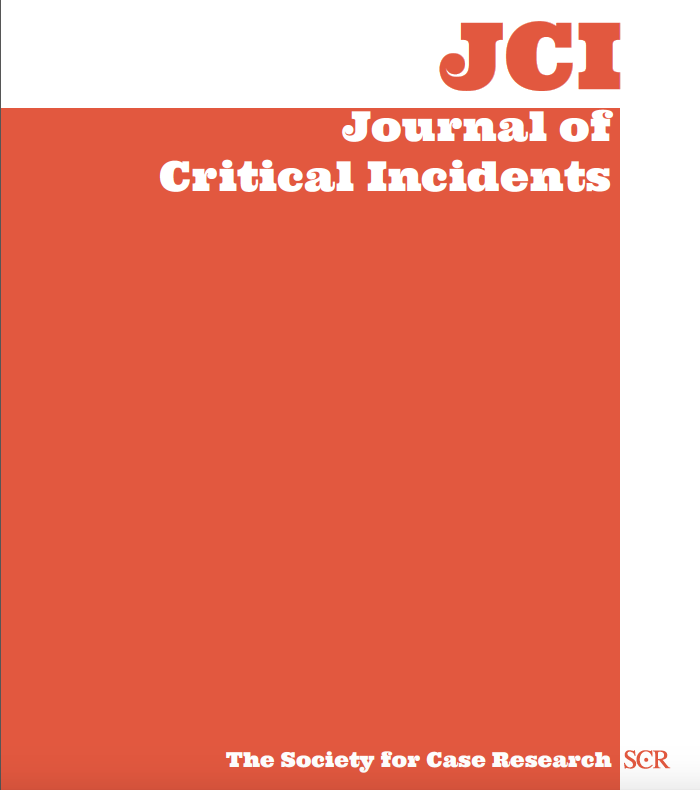Groupon: Innovative Accounting Metrics for a New Business Model?

Groupon, Inc.’s growth had been spectacular, and in less than three years after its founding, it was ready to make its initial public offering (IPO). Its revenues and its customer base had grown rapidly. The company, however, had yet to show a profit. In fact, Groupon had already accumulated nearly one-half billion dollars in losses. Andrew Mason, the chief executive officer (CEO), explained that Groupon did not measure its financial position in conventional ways. Rather, it relied on three primary metrics to indicate the company’s value, financial stability, and performance (Groupon, 2011). One of these metrics, for example, was called adjusted Consolidated Segment Operating Income. Groupon used this metric to show that it was a flourishing company. Would the Securities and Exchange Commission (SEC) accept these metrics as evidence of Groupon’s profitability, which was so critical to the filing of the IPO? If not, would it spell doom for the IPO?
- Appraise the credibility of the accounting metrics Groupon used to determine its profitability
- Analyze whether Groupon’s revenue recognition policy is appropriate
